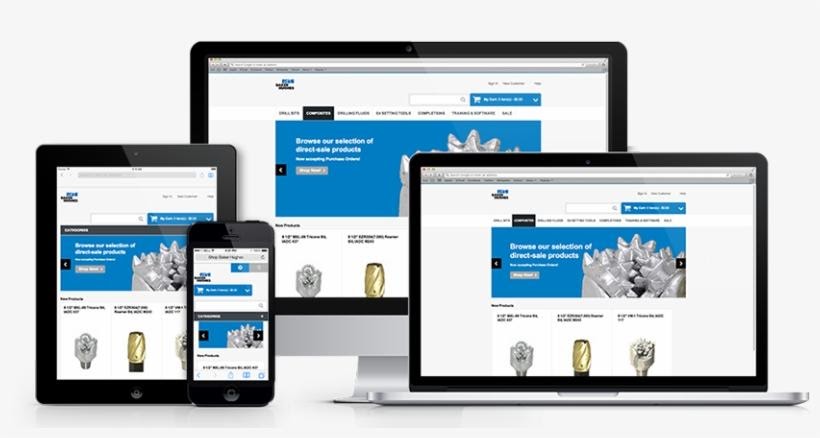Docker Hub is a cloud-based repository for creating, testing, storing, and deploying Docker container images. It allows you to browse public open source picture repositories as well as establish your own private ones.
Moreover, Docker Hub allows you to obtain containerized versions of a wide range of popular open source applications. You can make your own images and put them in a personal repository if you require a customised version of a software application or to execute your own proprietary code.
Docker containers have dominated the software engineering business. Containers are the dominating technology and can be installed anywhere. Because of this flexibility, the Docker container environment has a number of security flaws.
We’ll go through the security measures you should put in place to guarantee that your Docker environment, host, and containers are as secure as possible.
Choosing the Best Base Image
Docker Hub has over 8 million repositories from which to find a base image that suits your requirements. Here are two practises to consider when selecting a basis image for your project.
- Using a Reliable Source. Docker Hub offers numerous certifications that categorise images based on their level of trust. Docker-curated official images provide the highest degree of confidence. You can also utilise Docker Certified images, which have been examined and validated to Docker’s criteria, or Verified Publisher images.
- Choosing the Smallest Image. The base image must match the use case criteria. However, you should seek out the smallest base image that meets your needs. A compact base image provides portability and quick downloads, minimises image size, and can reduce the risk of vulnerabilities by lowering the number of linked dependencies that may be susceptible.
Using Multi-Stage Builds
The goal of multi-stage builds is to provide an efficient Dockerfile that is simple to read and manage. You can use a separate image at each stage of the multi-stage build that contains the artifacts required at that level of the development process.
In your Dockerfile, you may use many FROM statements, each with a distinct base image. Artifacts, such as compiled programmes, can then be copied from one step to the next, assuring their inclusion in the final container image.
This strategy not only minimises complexity, but it also avoids integrating development tools into production images, thus lessening the attack surface. It enables you to be picky about the production artifacts you use without inheriting vulnerabilities from dependent base images.
Scanning Images throughout Development
When you construct an image from a Dockerfile, you risk introducing new vulnerabilities on your system. Docker image scanning should be necessary during the development process to ensure that vulnerabilities are discovered early on.
Images, on the other hand, should be examined at all phases of the development cycle because susceptible dependencies might be resolved in the project during the build process. With this in mind, consider enabling automated scanning throughout the build process before deploying images to Docker Hub (or another registry) and, eventually, to production.
Scanning Images in Production
It is vital to analyse your container images on a regular and proactive basis in order to find new vulnerabilities. Failure to do so may expose your production system to new vulnerabilities and exploits as they are released. Remember that even if an image did not contain vulnerabilities at the time of the last scan, the security risk posture of the image could change when new vulnerabilities are uncovered.
Maintain a software bill of materials (BOM) for each image and stay informed about emerging vulnerabilities that affect previously scanned images and BOMs. Resolve any discovered vulnerabilities in the images and re-deploy running containers using the revised secure image.
Continuous Methodology
Automation of creating and testing is a basic strategy to address vulnerabilities in container images. Organizations should set up the necessary tools to examine photos in real time. In summary, development teams want a disciplined and dependable method for creating and testing Docker images. Tools built particularly to identify vulnerabilities, configuration flaws, and other security best practises should be used for container image-specific pipelines. Furthermore, this tool should provide developers with the ability to construct governance around the photos being scanned. Images can pass or fail the image scan stage in the pipeline depending on customizable policy rules/gates, and are not permitted to go further.
Conclusion
Docker Hub offers considerable flexibility and convenience to DevOps teams while also introducing severe security issues. Images from publicly accessible container repositories can have vulnerabilities or have been tampered with by attackers.
Docker container security is critical, but it can also be difficult. You can manage a big and secure platform for containerized apps using the advice provided above. The techniques outlined above are critical because they will assist you in preventing security breaches and assaults in containerized environments.












